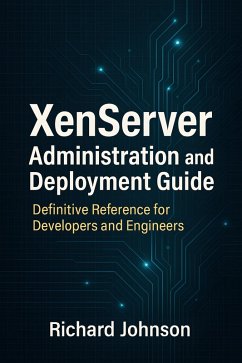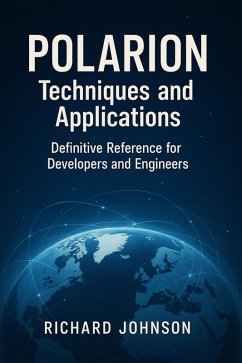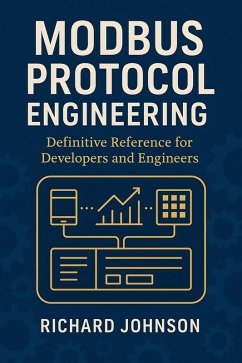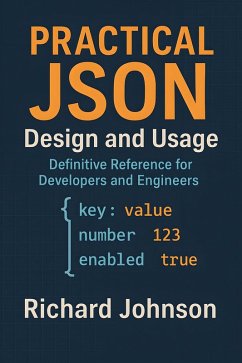
Coarray Programming in Fortran (eBook, ePUB)
Definitive Reference for Developers and Engineers

PAYBACK Punkte
0 °P sammeln!
"Coarray Programming in Fortran" "Coarray Programming in Fortran" is an authoritative and comprehensive exploration of coarray parallelism in one of the world's most enduring scientific programming languages. Beginning with a historical perspective, the book traces Fortran's evolution in parallel computing and delves into the foundational principles of the Partitioned Global Address Space (PGAS) model, illustrating how coarrays extend Fortran's capabilities for high-performance, scalable computing. Readers are guided through the modern standards from Fortran 2008 to Fortran 2018, and presented...
"Coarray Programming in Fortran" "Coarray Programming in Fortran" is an authoritative and comprehensive exploration of coarray parallelism in one of the world's most enduring scientific programming languages. Beginning with a historical perspective, the book traces Fortran's evolution in parallel computing and delves into the foundational principles of the Partitioned Global Address Space (PGAS) model, illustrating how coarrays extend Fortran's capabilities for high-performance, scalable computing. Readers are guided through the modern standards from Fortran 2008 to Fortran 2018, and presented with thoughtful comparisons between coarrays and other parallel models such as MPI and OpenMP, highlighting the unique strengths and application domains enabled by coarray-based design. The book offers a meticulous tour of coarray syntax, semantics, and advanced programming patterns. Practical guidance is given on all essential topics including image management, synchronization, robust communication algorithms, and the construction of sophisticated parallel data structures. Deep, hands-on insights cover both the technical details-such as dynamic allocation, remote memory access, and atomic operations-and practical engineering challenges, from performance optimization and debugging to leveraging hybrid programming models across heterogeneous systems. Real-world code examples and case studies weave theoretical knowledge into applied best practices, ensuring readers are well-equipped for both correctness and efficiency in parallel application development. Looking beyond established territory, the concluding chapters survey the ongoing evolution and exciting future of coarray programming. Coverage includes emerging standards, new application domains like exascale computing and AI, and the integration of coarrays in modern cloud and containerized environments. The book also emphasizes community-driven progress and enduring research challenges, making it an invaluable reference for scientists, engineers, and researchers committed to pushing the boundaries of scalable parallel computing with Fortran.
Dieser Download kann aus rechtlichen Gründen nur mit Rechnungsadresse in A, B, BG, CY, CZ, D, DK, EW, E, FIN, F, GR, H, IRL, I, LT, L, LR, M, NL, PL, P, R, S, SLO, SK ausgeliefert werden.













